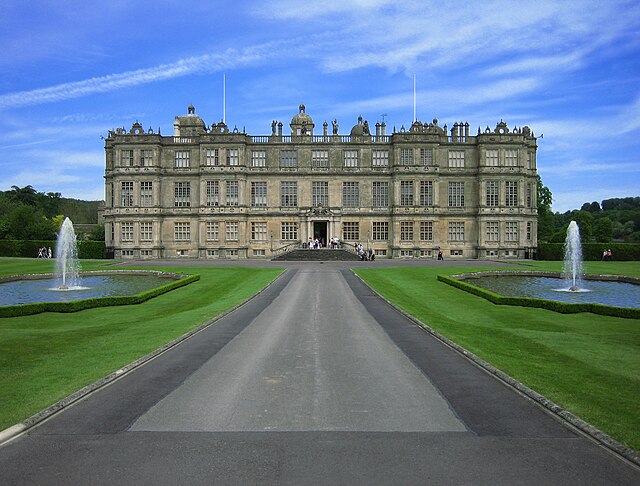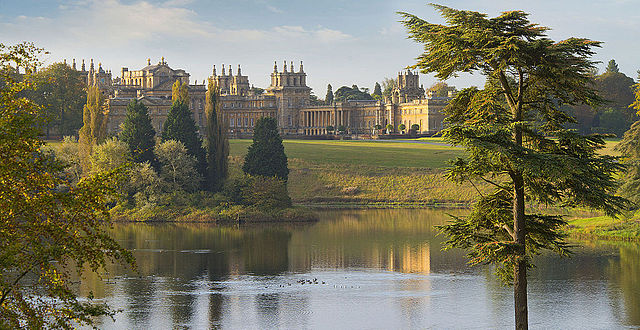Burghley House is a grand sixteenth-century English country house near Stamford, Lincolnshire. It is a leading example of the Elizabethan prodigy house, built and still lived in by the Cecil family and is Grade I listed.
The façade of Burghley House
Lord Burghley was the chief advisor of Queen Elizabeth I for most of her reign.
William Cecil presiding over the Court of Wards, c. 1585
The Three Brothers Browne, by Isaac Oliver, 1598. L to R: John, Anthony, William; grandsons of Anthony Browne, 1st Viscount Montague who was implicated in the Ridolfi Plot in 1571, Burghley House Collections.
An English country house is a large house or mansion in the English countryside. Such houses were often owned by individuals who also owned a town house. This allowed them to spend time in the country and in the city—hence, for these people, the term distinguished between town and country. However, the term also encompasses houses that were, and often still are, the full-time residence for the landed gentry who dominated rural Britain until the Reform Act 1832. Frequently, the formal business of the counties was transacted in these country houses, having functional antecedents in manor houses.
Belton House is an English country house in Lincolnshire
In the 20th century Longleat House was the first country house to open to the paying public, and also claims the first safari park outside Africa.
Blenheim Palace
Forde Abbey in Dorset. Many country houses have evolved and been extended over several centuries. Here, the architecture runs from Medieval ecclesiastical to Palladian and on to Strawberry Hill Gothic, while at sometime an attempt at unity has been made by the use of crenelation.








